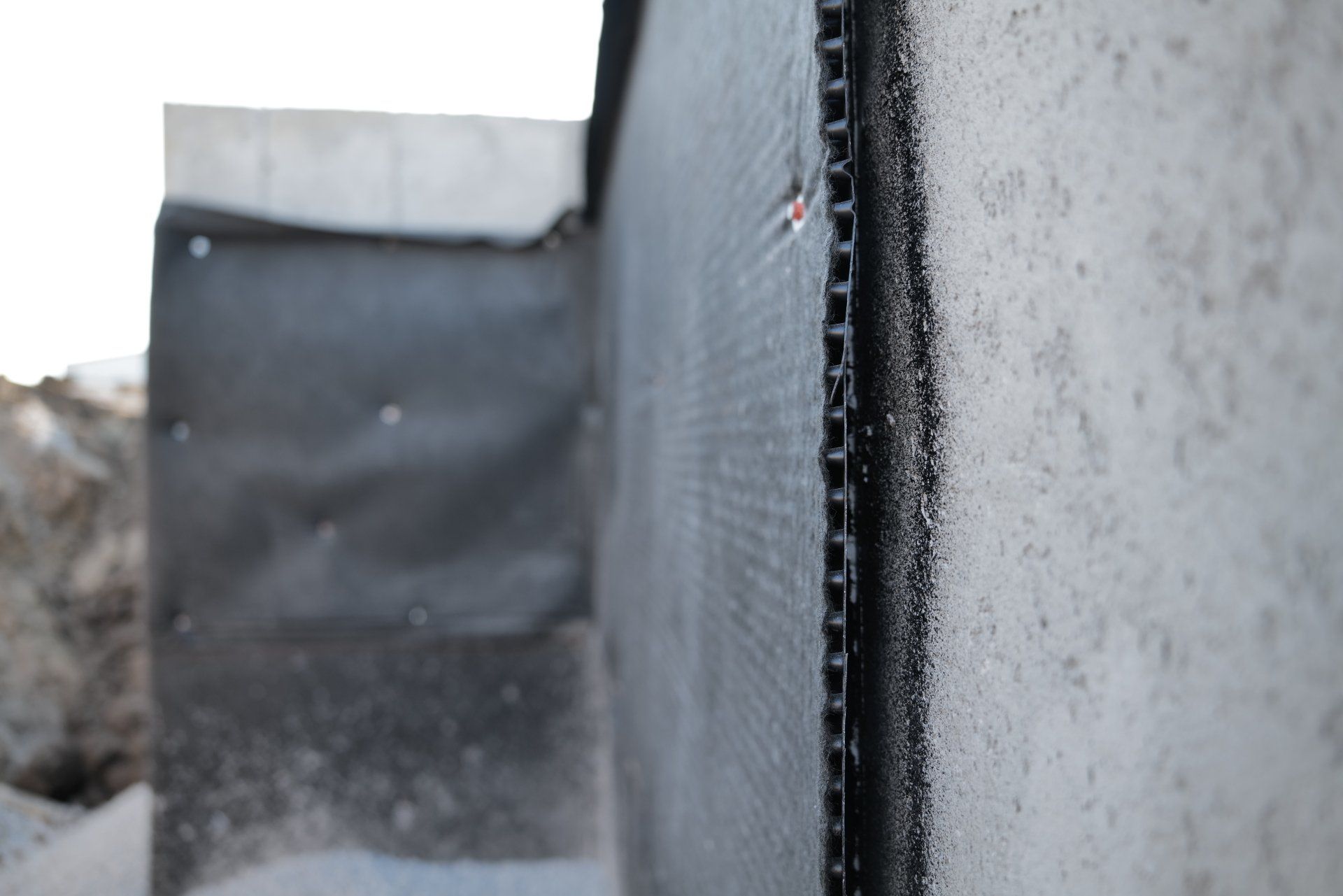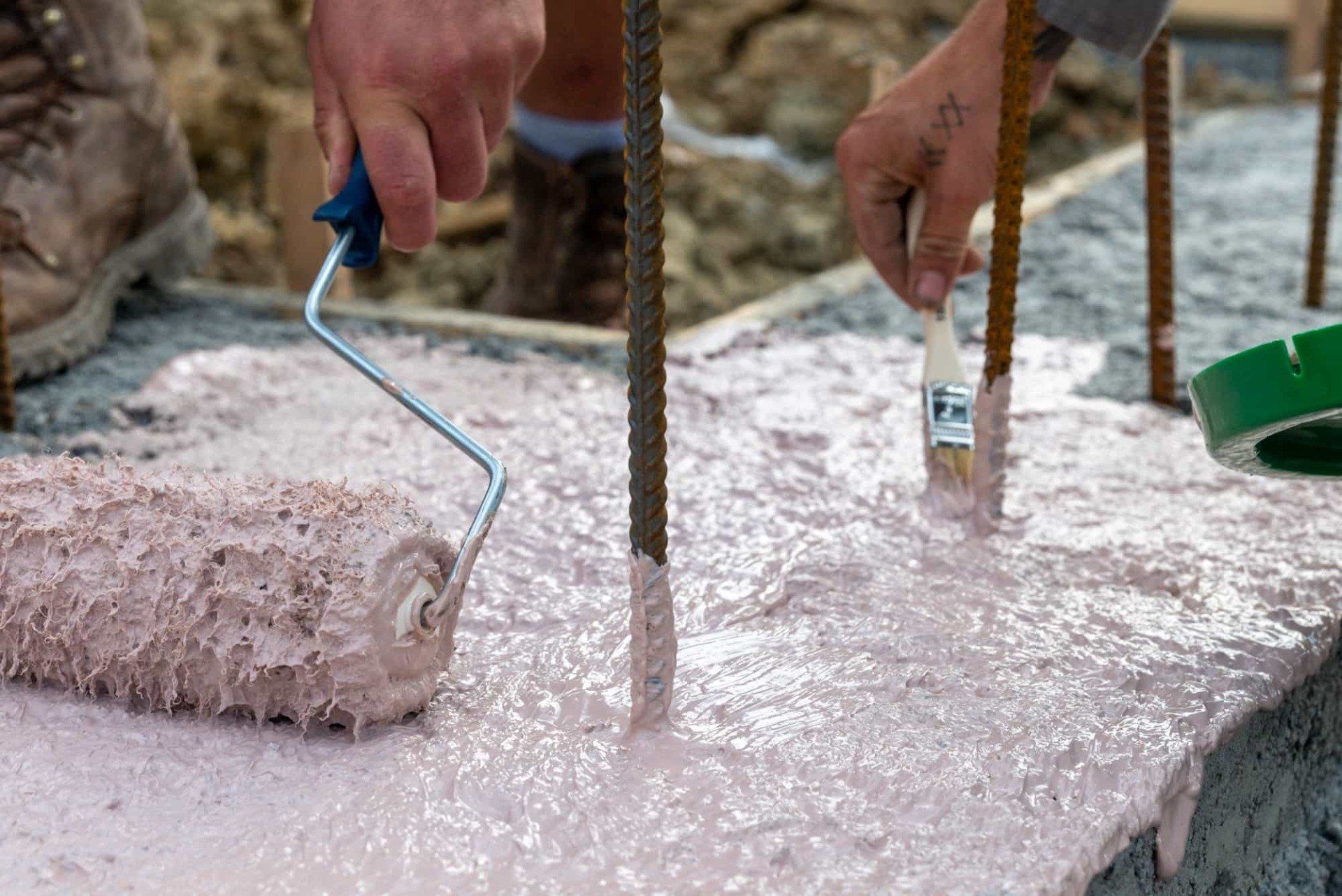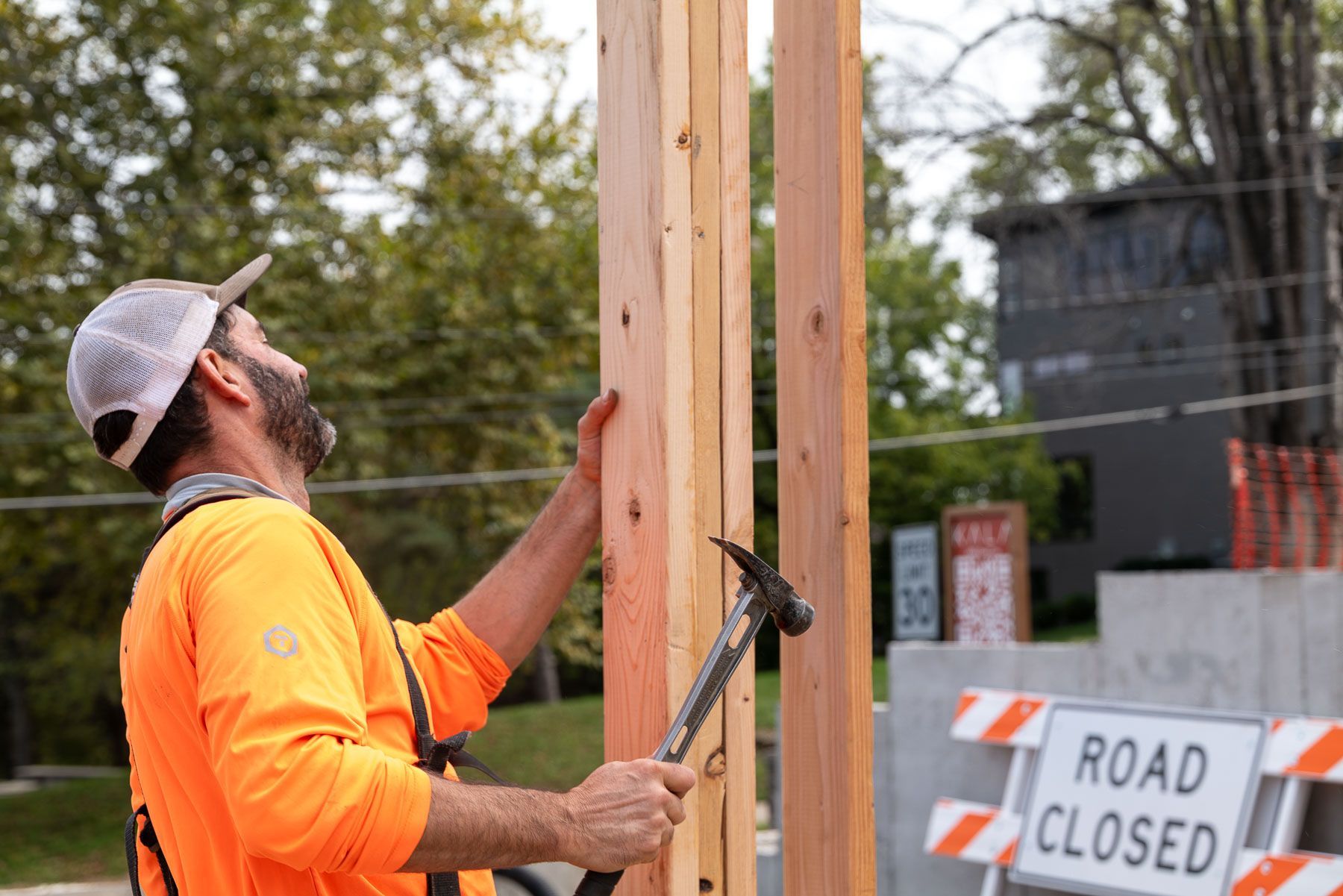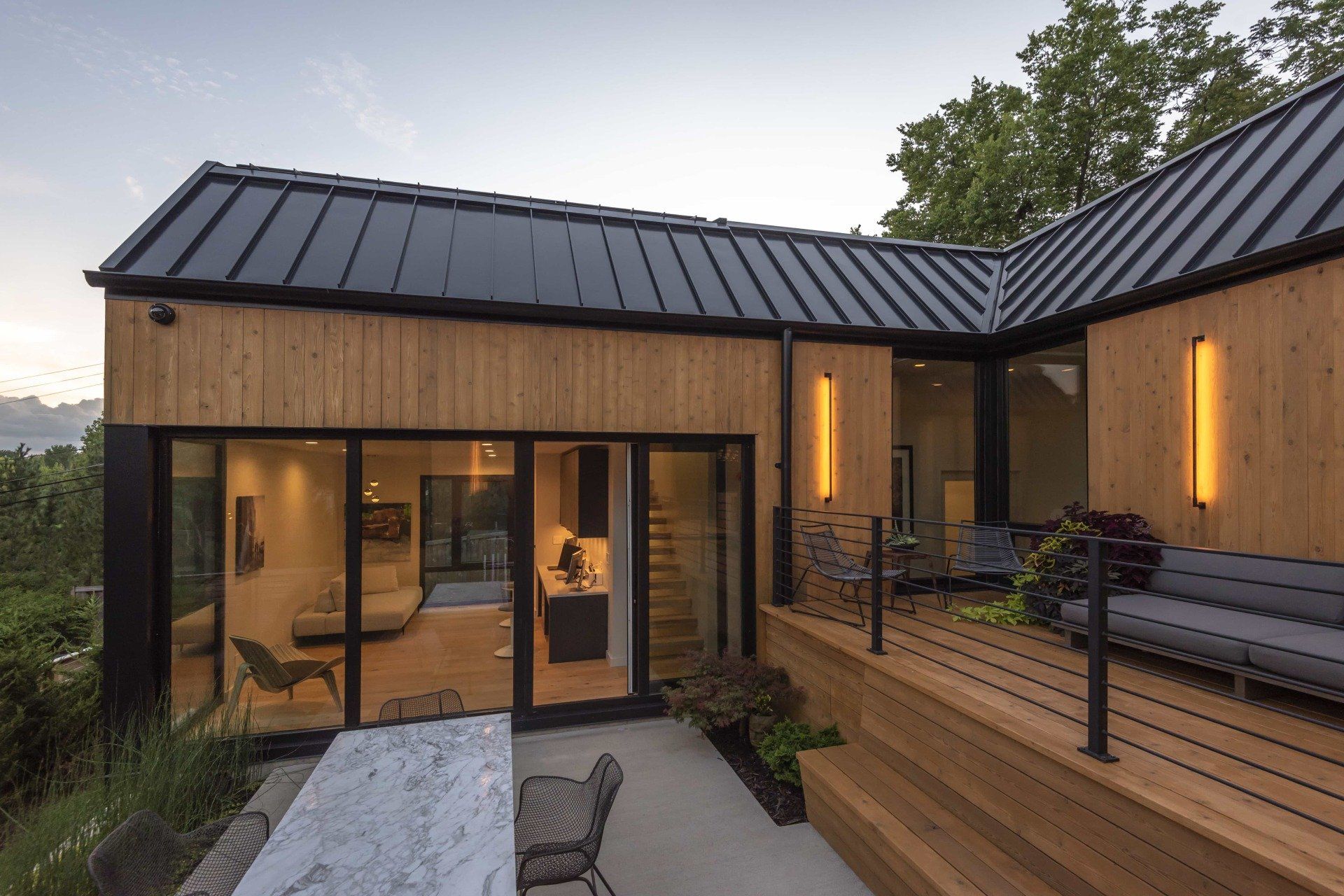Waterproofing a Foundation

Managing Water from the Start by Waterproofing the Foundation
We probably sound like a broken record at this point, but that’s because we can’t drive this point home enough: water is the enemy of durability. In order to build a home that will stand the test of time you must have a strategy to manage water from the beginning.
The Vapor Barrier
After pouring the foundation footing, we took an extra step you don’t often see in typical construction. We utilized a product called Air-Shield LSR to seal the footings before pouring the foundation walls. Air-Shield LSR is a liquid synthetic rubber product that is an asphalt-free liquid/vapor and liquid moisture barrier. The product is rolled out as a liquid which allows for a smooth and seamless application, even on a rough surface, then cures to form a tough elastomeric membrane. The cured product is excellent at resisting air and moisture transmission through the membrane.

We are seeing longer humidity cycles in our climate with higher levels of humidity each season. Because we are seeing more moisture in the air, we have had to adjust our waterproofing strategy by implementing extra measures to prevent water from getting inside our houses.
The Air-Shield LSR serves as our vapor barrier to reduce the risk of our foundation walls soaking up water from the footings, which take on moisture from the earth. The added layer at the top of the footings stops the process of moisture moving up and into our foundation walls.
After the vapor barrier cured, we poured 9 ft forms on top of the footings and applied our standard waterproofing spray to the outer side of the foundation walls. This serves as the primary waterproofing layer for our foundation walls.

The Drainage Mat
After the waterproofing layer was applied, we added a dimple board/drainage mat. The dimple board is an additional layer of protection against water intrusion.
No matter how careful you are when backfilling, you’re going to have materials hitting the waterproofing layer with the potential to scratch and damage it. The dimple board provides protection against rock, clay, dirt and other materials from damaging the primary waterproofing layer.
The specific type of dimple board that we utilized on this project has a layer of fabric over the top which limits the amount of dirt that will get stuck in the dimples. The dimples provide space for water to drain, so keeping the dimples clear of dirt and debris is important for the longevity of our waterproofing strategy.
Dimple board also helps relieve hydrostatic pressure* on our foundation wall by reducing the amount of pressure that is directly up against the waterproofing layer.
Water is inevitable, it’s how we deal with it that matters. The dimple board allows water to drain quickly rather than settling around the foundation wall. Water flows down through the dimple board quickly and out through the drain tile.
While each of these steps might not sound like much individually, combining them into an integrated system creates a long lasting waterproof barrier to ensure the home is comfortable, durable, and healthy for decades to come.
Science
*Hydrostatic pressure is the pressure that is exerted by a fluid at equilibrium at a given point within the fluid, due to the force of gravity.







